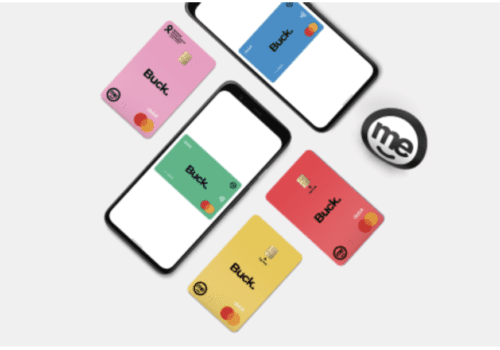Have you ever transferred money by visiting a bank? By going there, you fill a form with your account details like name, account number, and whatever amount you want to send someone.
Besides this, you also fill beneficiary’s bank details like his name, account number, IFSC code, and again amount.
Then you submit this form to the cashier; the cashier verifies the details and ensures that the money has been transferred to the beneficiary account, to whom you wanted to send money.
The procedure of transferring the amount may take some time. It depends on whether you are sending this amount through the IMPS, RTGS, or NEFT process.
Meaning Of Beneficiary In Bank
In banking, the beneficiary person is the recipient to whom you are sending money. And the bank holding the recipient account is called the beneficiary bank.
It may be any person, company, or organization. In simple terms, a beneficiary means the person or company who is getting the benefits.
Now, let’s understand the concept and process of RTGS, NEFT and IMPS.
Also Read: Difference Between Interbank and Intra Bank
Ways To Transfer Money To The Beneficiary
- IMPS: the term IMPS stands for instant interbank electronic fund transfer service. In this process, money is transferred within seconds, which is widely used to transfer the amount through mobile phone or internet banking.
- RTGS: The term RTGS stands for real-time gross settlement. This process is used in all central banks in India and across the globe to transfer funds. But, it has the limitation of transferring upto 2 lac rupees only.
- NEFT: The term NEFT stands for national electronic fund transfer. It is an electronic payment transfer method developed by the reserve bank of India to transfer heavy amounts from one bank to another. This method of payment transfer is highly secured and reliable for the people.
How To Add Beneficiaries In Bank?
If you want to transfer the amount to someone, you need to add their account number as a beneficiary, including name, account number, IFSC code, and other details. It can be added simply by following these steps.
Steps to Add Beneficiary in bank:
- Step #1: Go to the login page of a net banking or mobile application and get a login by entering the credentials like customer id and password. If you are using mobile banking, you can log in using your id and password or quick access pin.
- Step #2: Choose the option of fund transfer after login into your account.
- Step #3: You will get the option ‘Add Beneficiary’ appearing on your screen. Just click on it.
- Step #4: Now, you have to enter the bank details of the beneficiary person or company. After filling this form, verify the details once again and then, you have to click on the submit button.
- Step #5: Now, you will get an OTP to your registered mobile number and email id. Confirm the OTP, and yes! You have added the beneficiary from your side. Now the bank will verify the details and approve them, which usually takes half an hour.
After adding the beneficiary, you can send the amount and make transactions easily.
Also Read: Difference Between Current Account and Savings Account
Final Thoughts
You can easily transfer the desired amount to any of your family, friends, or business entities by using payment methods like IMPS, NEFT and RTGS.
But, the process of money transfer is also possible without adding the beneficiary account to your net banking or mobile application. For this, you can use the IMPS method of payment transfer by using MMID. Now, what is MMID?
The term MMID stands for a mobile money identification number, which consists of a 7-digit unique number. You can use this method easily by entering only the contact number of the beneficiary person.
Recommended:
What is CRN & How to find CRN Number in Kotak Mahindra Bank?



